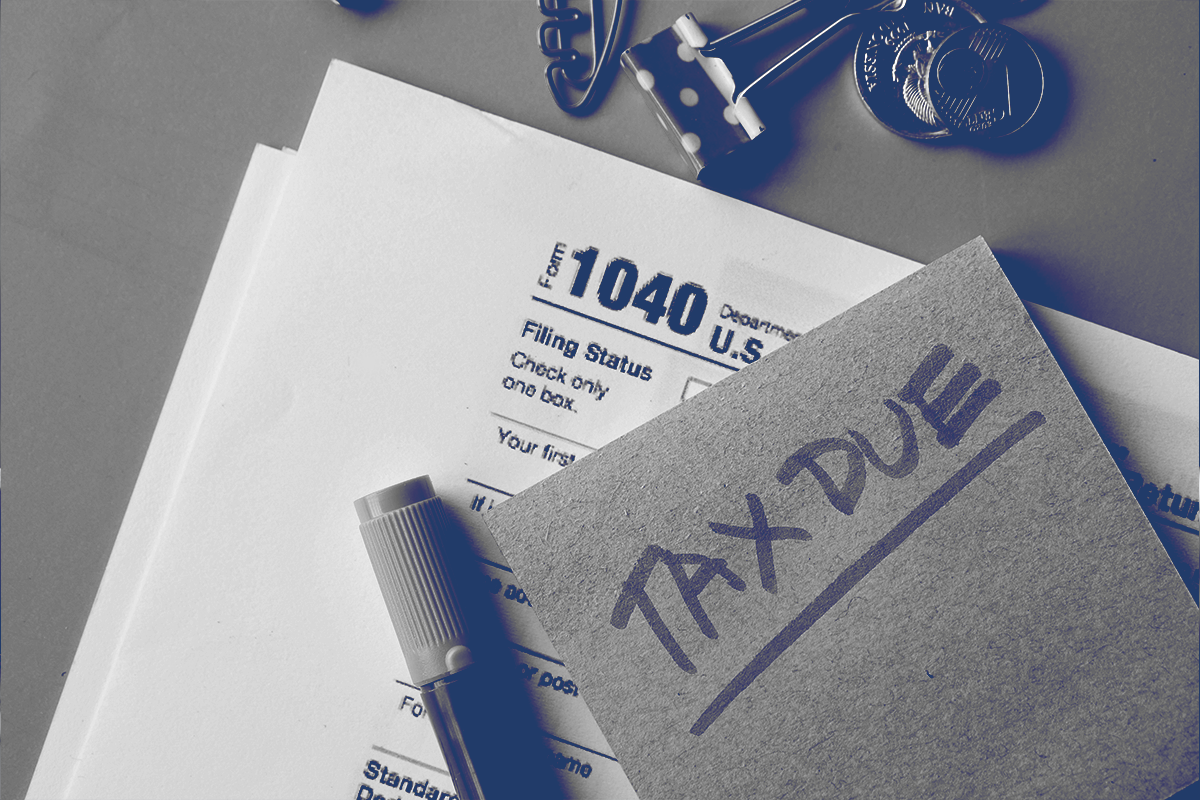Getting a large tax refund can feel like a financial win. Whether you plan to pay off debt, build your savings, invest in your future, or simply enjoy a reward for your hard work, a bigger refund can make a real difference. The good news is that it’s possible to increase your refund next year—but it starts with planning today.
At Martínez Income Tax, we help individuals, families, and business owners make smart, proactive decisions to improve their tax outcomes. Below, we’ll show you five effective ways to prepare now so you can get a bigger refund when it’s time to file your return next year.

1. Understand and Choose the Right Filing Status
Your filing status affects your tax bracket, eligibility for certain tax credits, and the size of your standard deduction. Choosing the most beneficial one can significantly impact your refund.
The IRS recognizes five filing statuses:
- Single
- Married Filing Jointly
- Married Filing Separately
- Head of Household
- Qualifying Surviving Spouse
For example, if you’re unmarried but support a child or another dependent, you might qualify as Head of Household, which provides a larger standard deduction and better tax rates than filing as Single. If you’re married, filing jointly typically results in a lower tax bill, but in certain situations—such as high medical expenses or separate financial obligations—it may be better to file separately.
Understanding your options and planning accordingly could make a big difference in your refund amount
2. Take Advantage of Tax Credits
Tax credits are one of the most powerful tools to increase your tax refund. Unlike deductions, which reduce taxable income, credits reduce your tax bill dollar for dollar. In some cases, they can even result in a larger refund if they are refundable.
Here are a few credits to explore:
- Earned Income Tax Credit (EITC): A valuable credit for low- to moderate-income workers. Many people miss it because they don’t realize they qualify.
- Child Tax Credit: Worth up to $2,000 per child, with up to $1,700 being refundable.
- Child and Dependent Care Credit: Helps cover childcare or dependent care expenses if you work or attend school.
- American Opportunity Tax Credit & Lifetime Learning Credit: Designed for those paying for higher education.
- Saver’s Credit: Offers up to $1,000 (or $2,000 if married filing jointly) for eligible retirement contributions.
Keeping track of your eligibility and gathering the right documents for these credits throughout the year will help ensure you don’t miss out when filing.
3. Maximize Your Deductions
Tax deductions reduce your taxable income, lowering the amount of income the IRS can tax. This can result in a higher refund, especially if you itemize.
There are two main types:
- Standard deduction: A fixed amount based on filing status. For tax year 2025, the standard deduction is $15,000 for single filers, $30,000 for married filing jointly, and $22,500 for head of household.
- Itemized deductions: Include eligible expenses such as mortgage interest, charitable donations, and medical costs. If your total itemized deductions exceed the standard deduction, you may receive a bigger refund.
Keeping receipts, tracking expenses, and planning purchases with deductions in mind can increase your refund significantly.
4. Increase Retirement Contributions
Saving for retirement doesn’t just benefit your future—it can also boost your refund now. Contributions to traditional retirement accounts like 401(k)s and IRAs may be tax-deductible, reducing your taxable income.
Additionally, contributing to retirement accounts may make you eligible for the Saver’s Credit, further increasing your refund.
If you’re self-employed, options like SEP IRAs and Solo 401(k)s allow even higher contribution limits. Planning now and contributing regularly can have a major impact on both your taxes and your financial future.

5. Make Smart Year-End Moves
Tax planning doesn’t end when the year does. But many powerful strategies must be executed before December 31 to count for the current tax year.
Some smart year-end tax moves include:
- Charitable donations: Contributions to qualifying charities may be deductible if you itemize.
- Use your FSA funds: Flexible Spending Accounts often have a “use it or lose it” rule.
- Prepay deductible expenses: If you know you’ll itemize, consider paying mortgage interest, medical expenses, or property taxes before year-end.
- Accelerate business expenses: If you’re self-employed, buying equipment or paying for services in advance may provide valuable deductions.
By preparing now, you give yourself time to make these decisions thoughtfully—and increase your refund in the process.
Conclusion:
A bigger tax refund doesn’t happen by chance. It takes planning, awareness, and timely action. Whether it’s adjusting your withholding, tracking expenses, increasing retirement contributions, or exploring all available credits and deductions, the steps you take today can help you receive a significantly higher refund next year.
At Martínez Income Tax, we believe in year-round support for our clients—not just during tax season. If you want help reviewing your situation, creating a plan, or identifying strategies to get the biggest refund possible, contact us today. We’re here to help you keep more of your hard-earned money where it belongs—with you.


